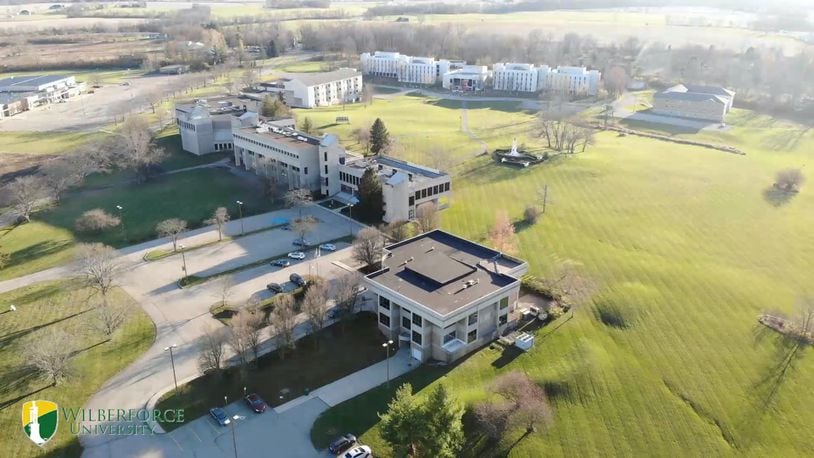“The Board determined that the institution is no longer out of compliance with the Criteria for Accreditation and removed the institution from probation and assigned interim monitoring,” says a Monday letter from the HLC to Wilberforce president Elfred Pinkard. “This action also resulted in a reaffirmation of the institution’s accreditation.”
If Wilberforce had lost its status, the university would no longer have been eligible for some federal funds, such as student loans.
Wilberforce is the oldest private, historically Black college in the U.S. It is located in Wilberforce, just northeast of Xenia.
Wilberforce will have another visit from the HLC no later than May 2023, according to the letter informing the university of its change in status. Its next audit for accreditation will be in fiscal year 2025-2026.
The university was placed on probation in June 2018 when it was determined to be out of compliance with HLC’s Criteria for Accreditation. The criteria included failing to have the resources to maintain its programs and a lack of “systemic and integrated planning.” The university ran a deficit of more than $19 million in fiscal year 2017.
Wilberforce was granted an extension based on HLC’s temporary emergency COVID-19 policy. While on probation, Wilberforce did not lose its ability to accept students, transfer credits to other institutions or graduate students.
Along with running a deficit in FY 2017, Wilberforce University also failed to submit bond payments, was on “heightened cash monitoring” by the U.S. Department of Education and lacked the capacity to prepare financial statements for an annual audit, according to the 2018 letter.
Johnny D. Jones, Provost and Vice President of Academic Affairs at the university, said Wilberforce is now in much better shape financially than in 2018.
He said the university has attracted more students to balance how much money they were spending and were able to eliminate some debts associated with the university.
The new HLC letter says Wilberforce’s resource base now supports its educational offerings and its future plans.
“The unaudited summary statement for FY 2021 reflects a positive change in net assets of more than $22 million,” largely due to forgiveness of a loan,” the letter said. “A balanced budget and net income is projected for FY 2022 due to the positive change in enrollment of undergraduate students.”
Wilberforce University had also been cited by the HLC for its strategic planning process. The university’s 2017 strategic plan was “not fully developed” and did not have “measurable outcomes, goals and timelines,” according to the 2018 letter. The university also didn’t provide any evidence at the time that it “evaluates operations, planning and budgeting.”
In the letter notifying Wilberforce that it is no longer on probation, the HLC said the university now meets their criteria in this area.
Jones said the university is now looking to the future and the ways it can make Ohio better. He said they are restructuring some of their academic programs to meet industry needs and working with other institutions like Ohio State University and Miami University for the future.
“This is only the beginning of the process that Wilberforce is going to use to catapult the university to different levels,” Jones said.
About the Author
